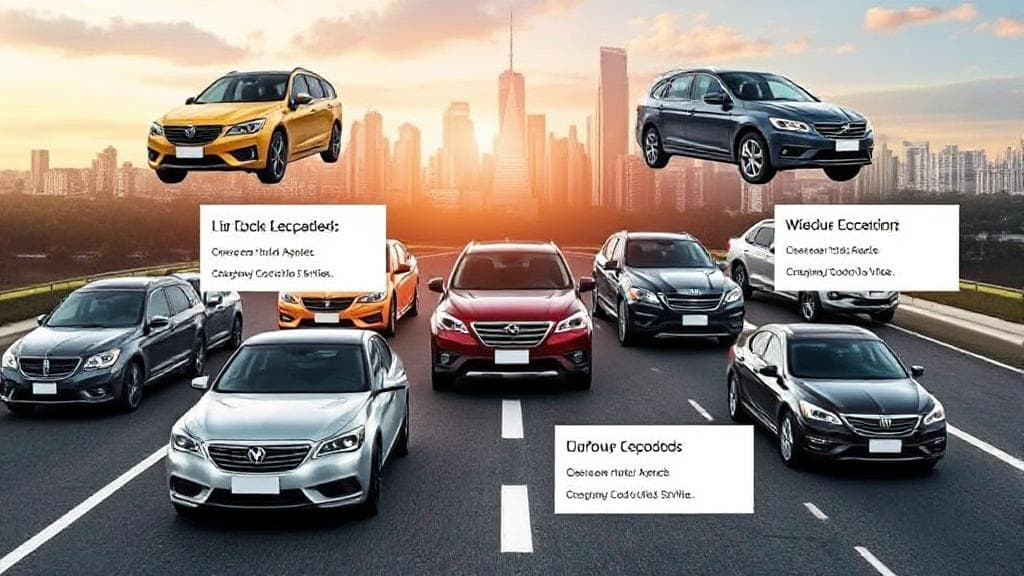Understanding Car Insurance Basics
Car insurance is a contract between you and the insurance company that protects against financial loss in the event of an accident or theft. In exchange for premium payments, the insurance company agrees to pay your losses as outlined in your policy.
Key Components
- Premium: The amount you pay for your insurance policy
- Deductible: The amount you pay out of pocket before insurance kicks in
- Coverage Limit: The maximum amount your insurance will pay for a covered loss
Types of Car Insurance Coverage
Liability Insurance
Liability insurance is mandatory in most states and covers damages to other people's property and injuries in an accident you cause. It includes:
- Bodily Injury Liability: Covers medical expenses and lost wages for the other party
- Property Damage Liability: Covers repairs to the other party's vehicle or property
Collision and Comprehensive Coverage
Collision Insurance
This coverage pays for damage to your vehicle from accidents involving other vehicles or objects. It's especially important for:
- New vehicles
- Financed vehicles
- High-value cars
Comprehensive Insurance
Protects against non-collision related damage, including:
- Theft
- Vandalism
- Natural disasters
- Falling objects
- Animal collisions
Additional Coverage Options
Personal Injury Protection (PIP): Covers medical expenses for you and your passengers, regardless of who caused the accident. Required in some "no-fault" states.
Uninsured/Underinsured Motorist Coverage: Protects you if you're involved in an accident with a driver who doesn't have insurance or doesn't have enough insurance to cover damages.
Factors to Consider When Choosing Coverage
Location and Usage
| Factor | Consideration |
|---|---|
| Urban Area | Higher theft risk; comprehensive recommended |
| Rural Area | Animal collision risk; comprehensive recommended |
| High Mileage | More coverage generally advised |
| Low Mileage | Usage-based insurance might save money |
Vehicle Value
For older vehicles worth less than $4,000, consider dropping collision and comprehensive coverage. Use Kelley Blue Book to determine your car's value.
State Requirements
Each state has different minimum insurance requirements. Check your state's Department of Motor Vehicles website for specific information.
Money-Saving Tips
"Combining auto insurance with homeowners or renters insurance typically saves 5-15% on both policies." - Consumer Reports
- Shop Around: Compare quotes from multiple insurers
- Bundle Policies: Consider combining with home or renters insurance
- Check for Discounts: Many insurers offer discounts for:
- Safe driving
- Good grades
- Safety features
- Anti-theft devices
Making Your Final Decision
- Assess your specific needs and risks
- Compare quotes from multiple insurers
- Read policy details carefully
- Consider working with an independent insurance agent
Review your coverage annually or when significant life changes occur. For more detailed information, visit resources like the Insurance Information Institute, Consumer Reports, or the National Association of Insurance Commissioners.
